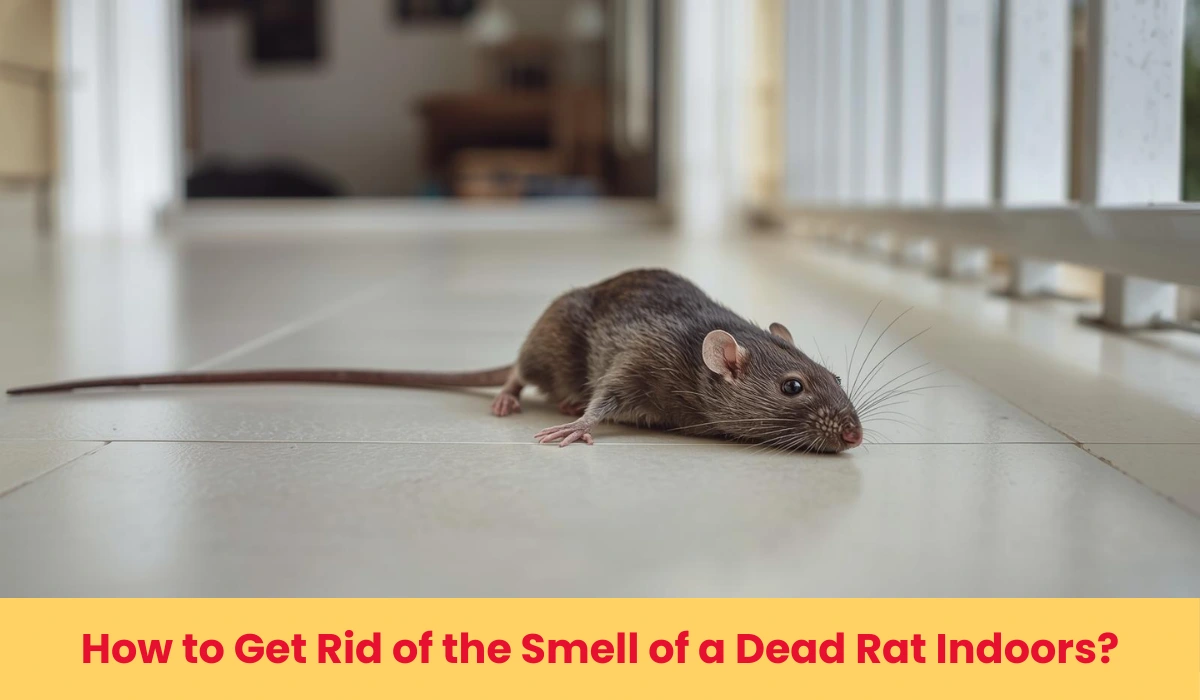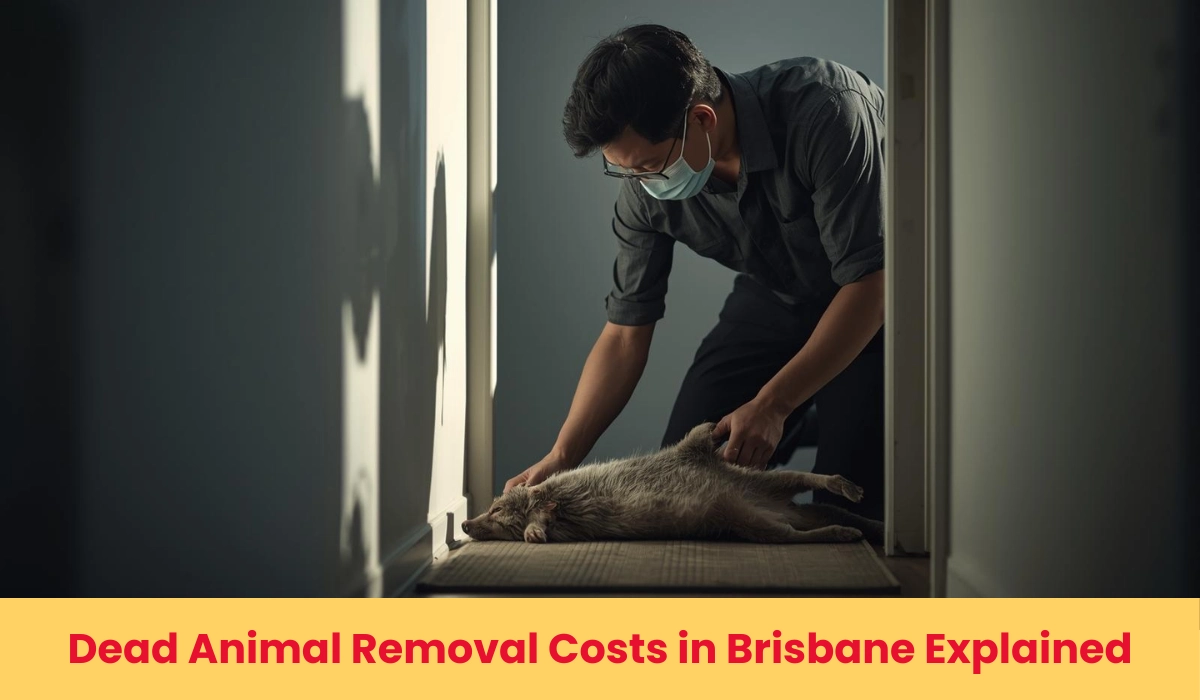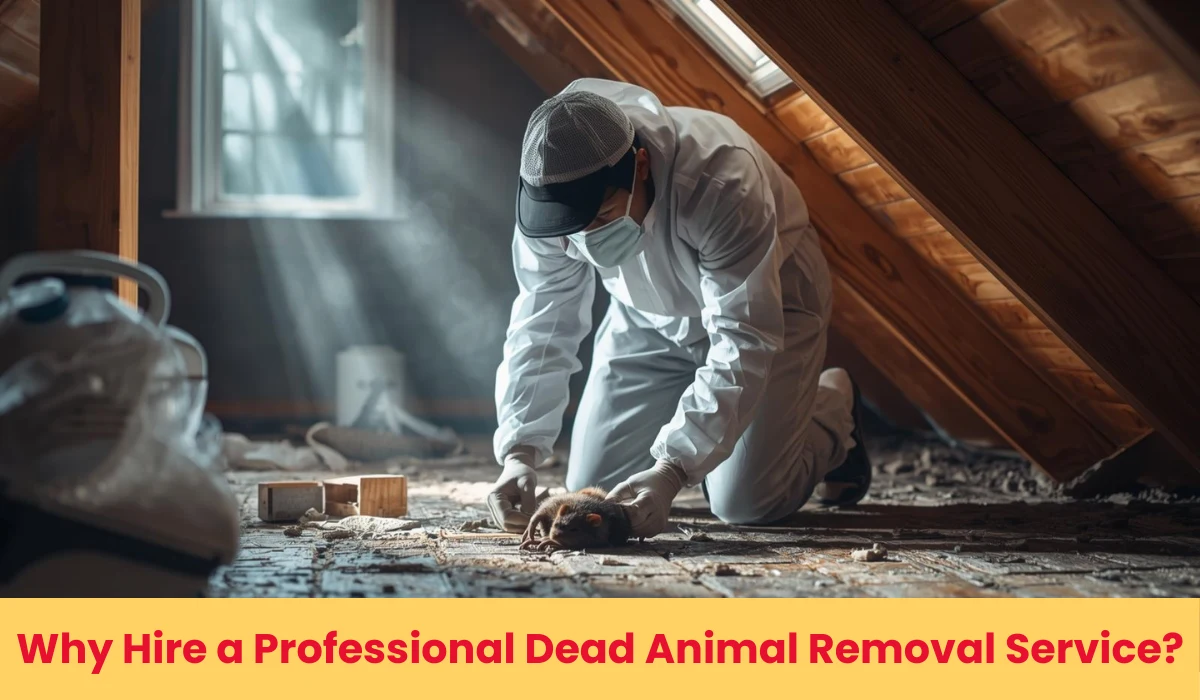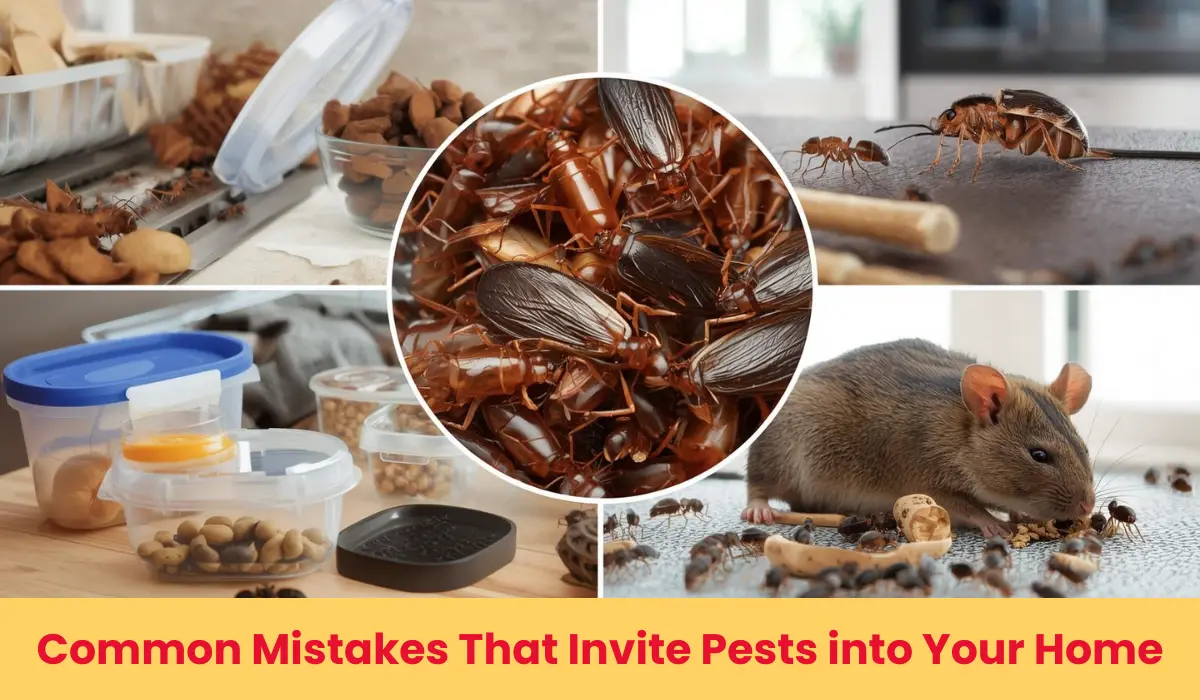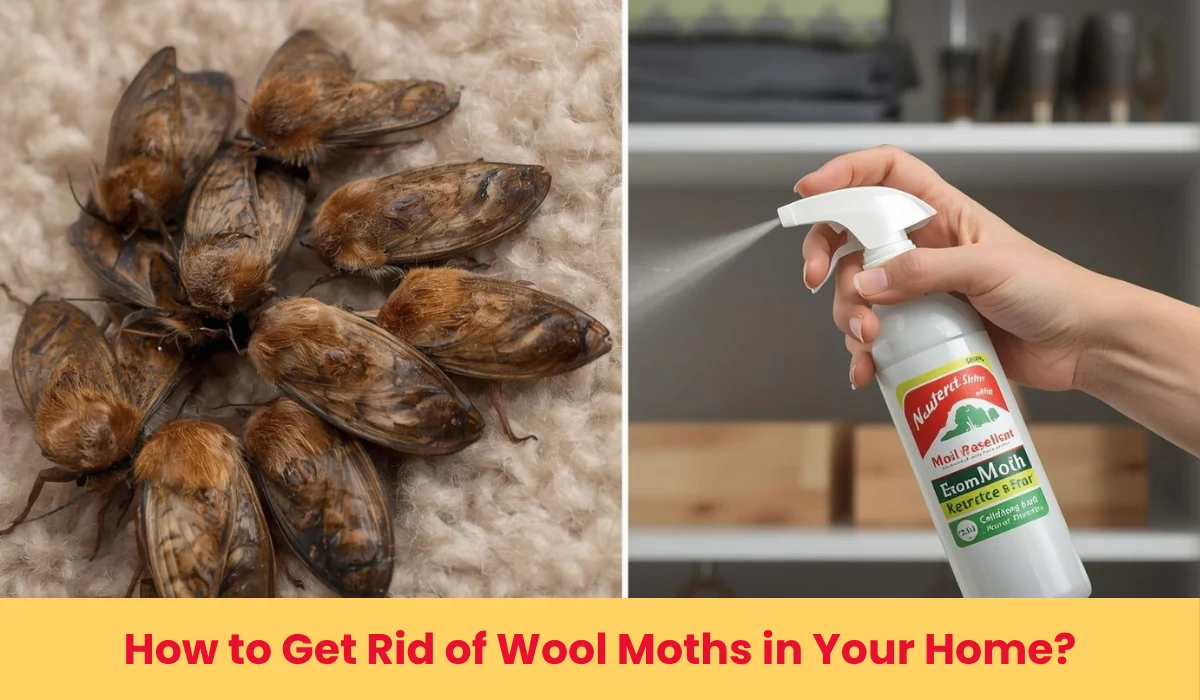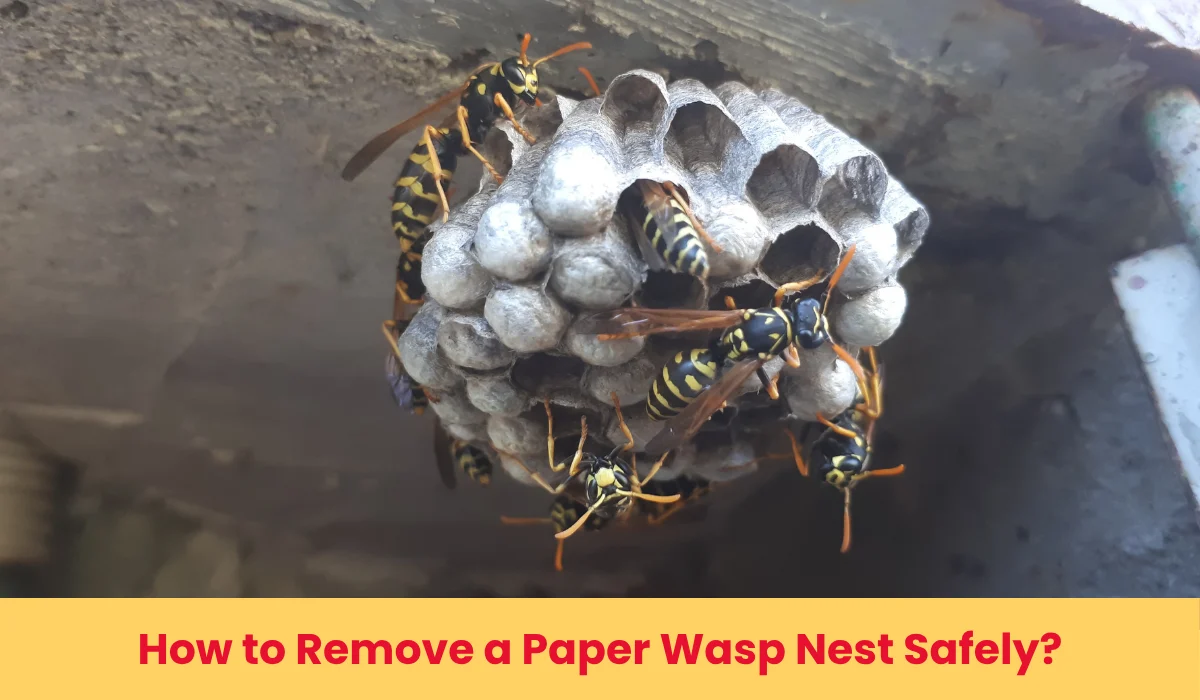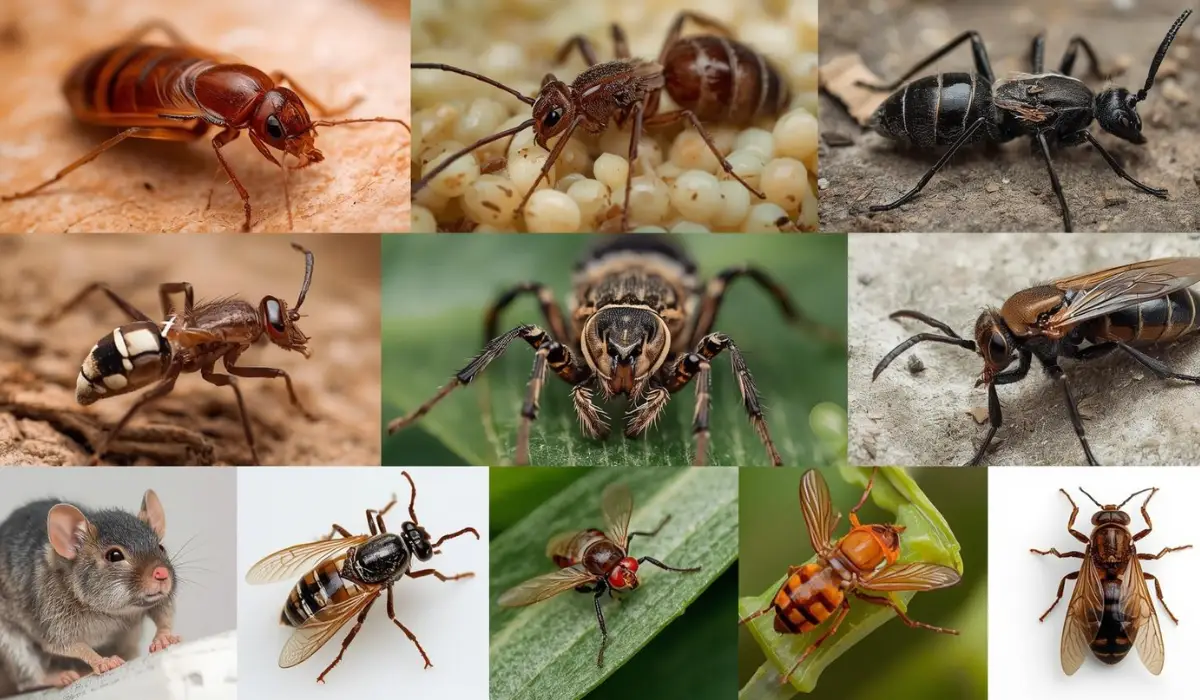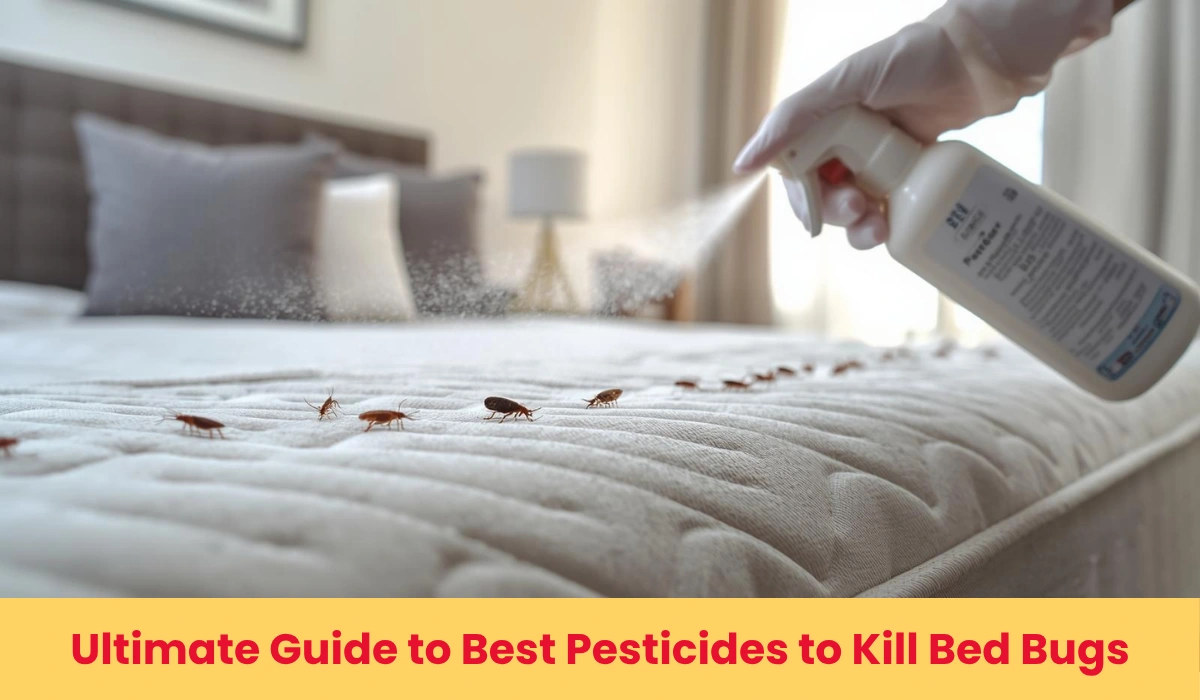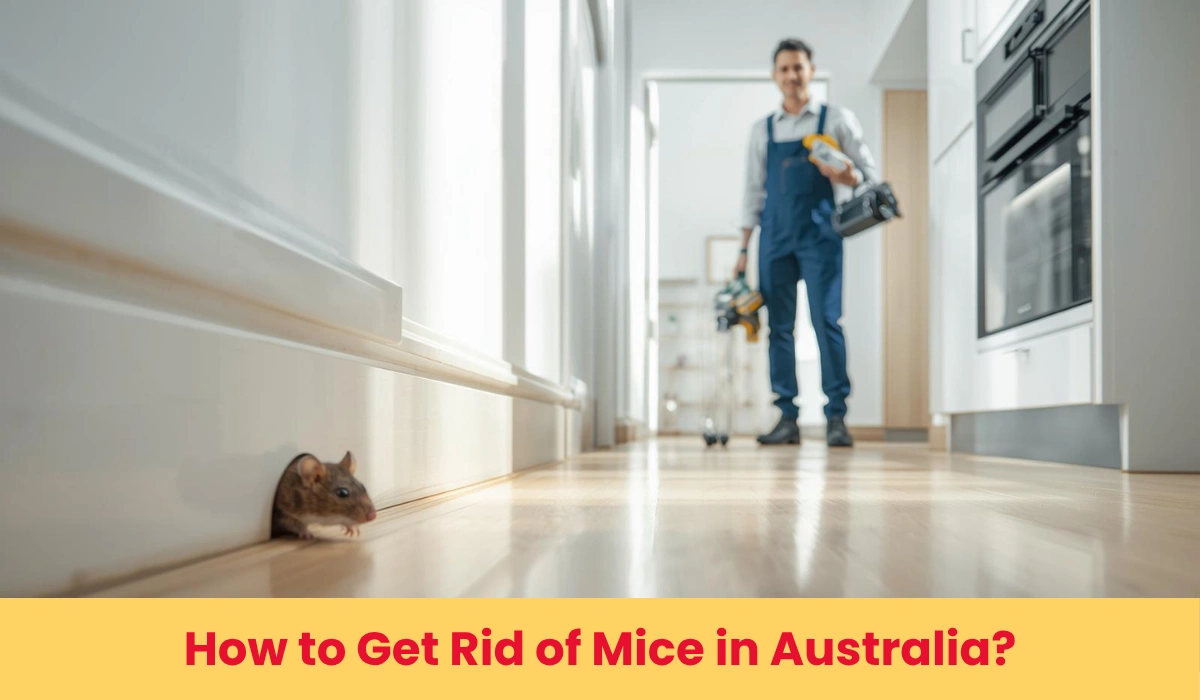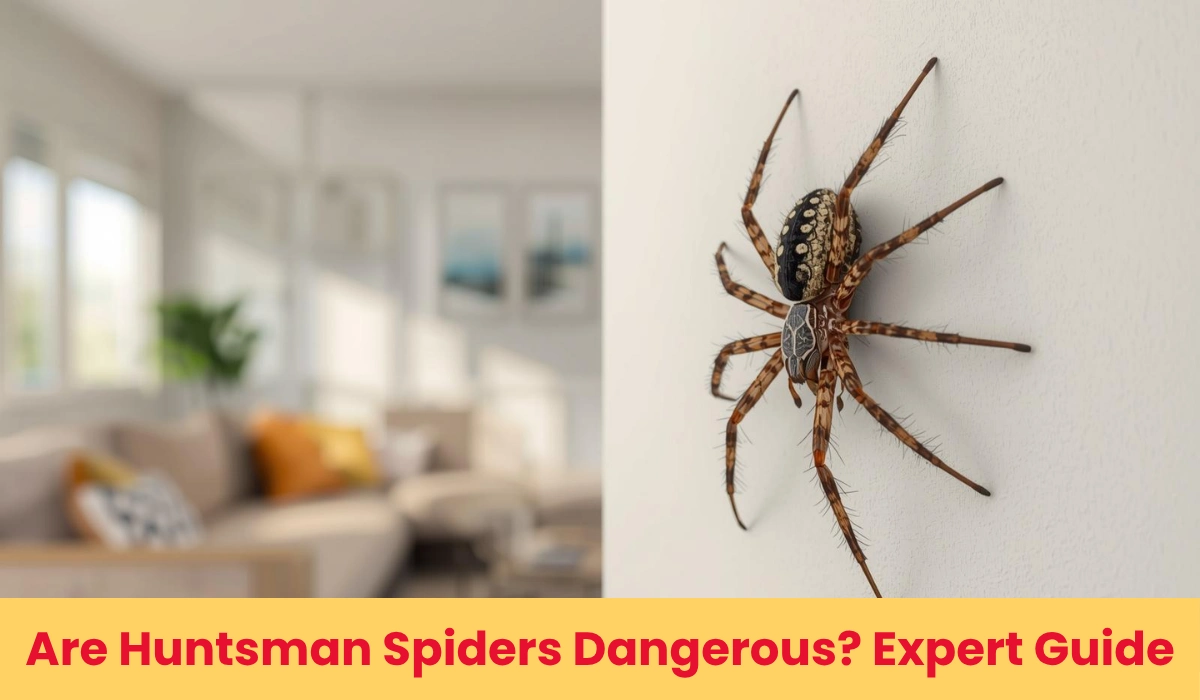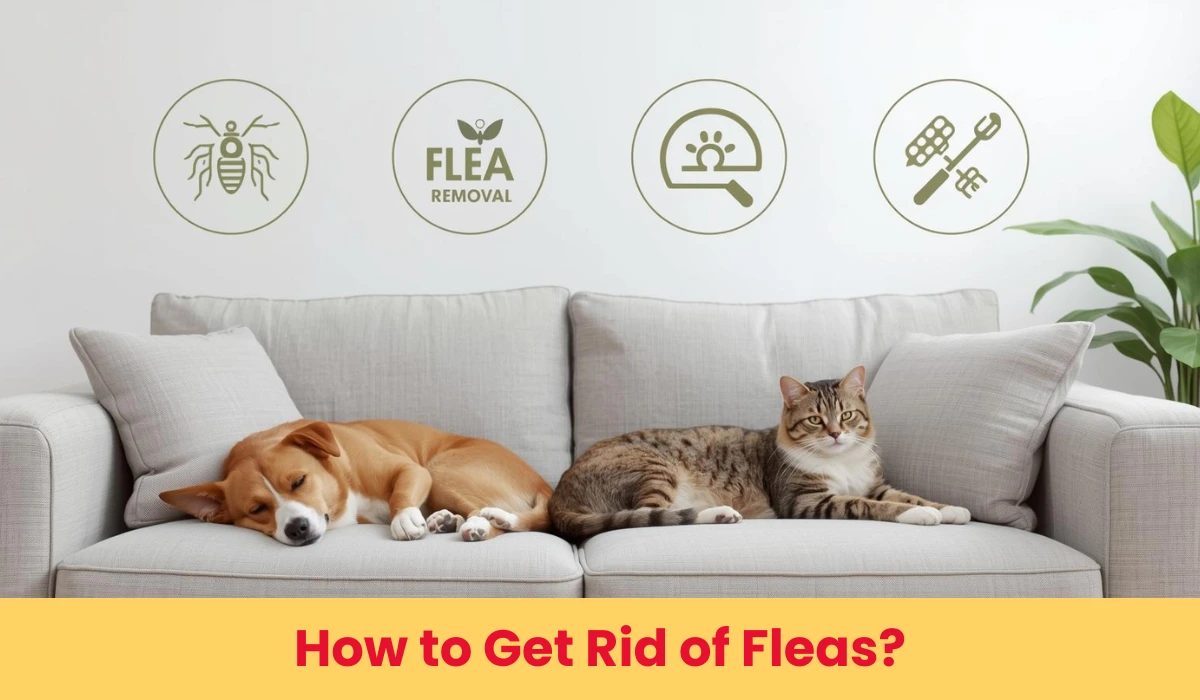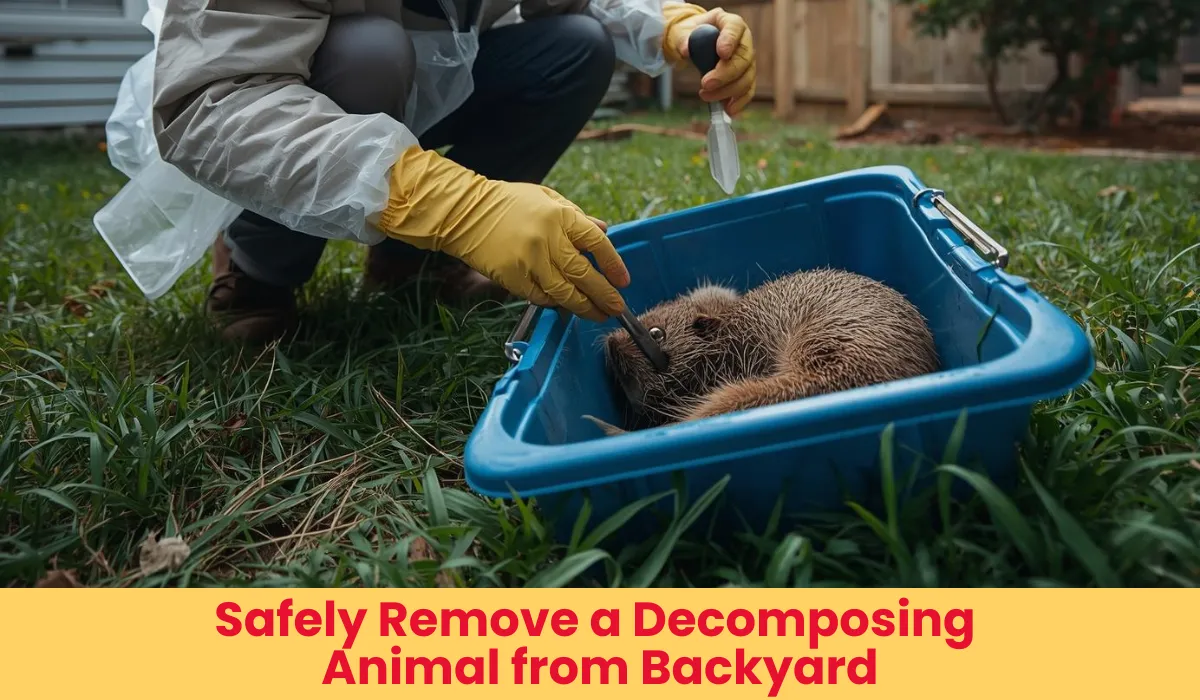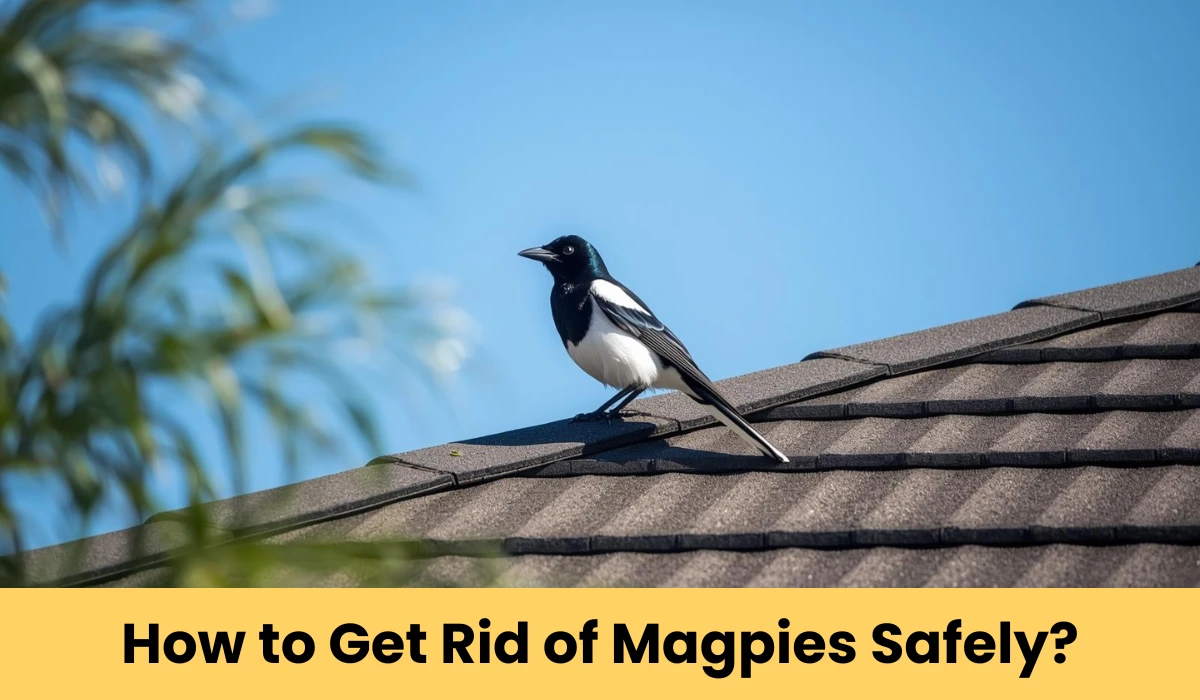Have you ever, on a sunny afternoon in your garden or simply walking outside, found yourself face-to-face with a buzzing bee or an aggressive wasp, not sure how to react? These insects can quickly turn a peaceful moment into a stressful one. Understanding the bee and wasp identification guide is important to staying safe and ensuring you’re dealing with these creatures in the most responsible way possible. In this article, we’ll walk you through the differences between bees and wasps and provide you with the tools to remove them safely and effectively.

1. Bee and Wasp Identification Guide
First off, it’s important to be able to identify a bee vs. a wasp. They might seem similar, but they’re actually quite different.
-
Bees:
- Bees are generally round and fuzzy, with a lot of hair on their bodies that helps them collect pollen.
- They are usually a mix of brown and yellow and have a more robust build.
-
Wasps:
- Wasps, on the other hand, have smooth, slender bodies, often black and yellow. Their narrow waist makes them look a little more waspy (pun intended).
- Wasps are generally more aggressive and can sting multiple times, unlike bees, who usually sting only once.
Understanding the bee and wasp identification guide is crucial to knowing how to react. Bees are essential for pollination, so it’s better to leave them alone. Wasps? Not so much if they’re being aggressive!
2. Safe Bee Removal Techniques
Now, let’s talk about removing bees. Since bees play such an important role in nature, it’s crucial to remove them without harming them. You can use safe bee removal techniques to make sure they’re relocated safely:
- Contact Local Beekeepers: If you notice a beehive, reach out to a local beekeeper. They’ll likely be able to relocate the hive without using pesticides.
- Seal Potential Nesting Spots: If you want to prevent bees from setting up shop in your home, seal any cracks and crevices, especially during the colder months when they’re looking for a warm spot.
3. Wasp Nest Removal Safety Tips
Wasps can be a bit more aggressive than bees, and dealing with them requires caution. Here are some wasp nest removal safety tips to help keep things safe:
- Dress for Protection: Always wear long sleeves, pants, and gloves. Wasps can sting, and they’re more likely to do so if they feel threatened.
- Choose the Right Time: The best time to tackle a wasp nest is in the evening or early morning when the wasps are least active.
- Use the Right Tools: If you’re trying a DIY wasp nest removal, make sure to use an insecticide specifically designed for wasps. Aim carefully and make sure the product is safe for the environment.
4. Differences Between Bees and Wasps
Now, let’s look deeper at the differences between bees and wasps. Aside from their physical appearance, their behaviour and role in the environment set them apart:
- Bees: They’re gentle and typically only sting when threatened. They focus on collecting nectar and pollen, making them key players in pollination.
- Wasps: These guys can be a bit more hostile, especially if you get too close to their nest. Wasps are more likely to sting repeatedly and can be attracted to food sources.
The differences between bees and wasps can help you decide how to handle each one. If you can identify which is which, you’ll know whether to call in help or handle it yourself.
5. DIY Wasp Nest Removal
If you spot a wasp nest on your property, you might want to try wasp nest removal yourself. Here’s how to do it safely:
- Step 1: Identify the Nest: Look for a papery nest, usually hanging from eaves or trees. Wasps build their nests in sheltered spots.
- Step 2: Protective Gear: Wear long sleeves, pants, and gloves to avoid getting stung.
- Step 3: Use Wasp Spray: Use a wasp-specific insecticide to treat the nest. Be sure to follow the instructions carefully and apply it at night when the wasps are less active.
DIY wasp nest removal can be effective, but if the nest is too large or in a hard-to-reach place, it’s safer to call a professional.
6. Bee Removal Without Pesticides
If you’re dealing with a bee problem, using bee removal without pesticides is the most eco-friendly way to go. Pesticides can harm the bees and the environment. Here are a few methods to remove bees without chemicals:
- Call a Beekeeper: If you find a beehive, contact a local beekeeper who can safely relocate it.
- Seal Entry Points: Make sure to close off any cracks or openings in your home where bees might enter.
7. Wasp Prevention Tips for Homeowners
Nobody wants to deal with wasps, so here are some wasp prevention tips for homeowners:
- Close Off Cracks and Gaps: Wasps like to build their nests in hidden areas. Seal off any cracks or gaps in your home, especially around windows and doors.
- Keep Food Covered: Wasps are attracted to sugary foods. Keep food covered and dispose of trash promptly to avoid attracting them.
8. Bee vs. Wasp Sting Treatment
Getting stung by either a bee or a wasp can be painful, but treating the sting properly can make all the difference. Here’s how to handle it:
- Bee Sting: Remove the stinger quickly by scraping it off. Then, clean the area and apply ice to reduce swelling.
- Wasp Sting: Wash the sting site with soap and water, then apply a cold compress. Use antihistamines or hydrocortisone cream for relief.
For both stings, watch out for signs of an allergic reaction. If things get worse, seek medical help right away.
9. Natural Remedies for Wasp Stings
If you’re looking for natural remedies in case you’ve been stung, here are some home solutions that can help ease the pain:
- Baking Soda Paste: Make a paste with baking soda and water, and apply it to the sting to neutralise the venom.
- Apple Cider Vinegar: Apply apple cider vinegar to the sting site to reduce pain and swelling.
These natural remedies for wasp stings can be a great alternative to store-bought treatments, using ingredients you probably already have at home.
Final Thoughts
Dealing with bees and wasps doesn’t have to be a stressful experience, especially when you know the bee and wasp identification guide and have the right tools at your disposal. By following the tips and techniques in this article, you can ensure your home’s and the environment’s safety. However, if you’re ever unsure or dealing with a large infestation, don’t hesitate to call in the experts. Magic Pest Control is here to help! For professional bee and wasp removal, call us at 0489908469 today. Your safety is our priority!
FAQs
Ques 1: Can I remove a wasp nest myself if it’s large?
Ans: For large nests, follow wasp nest removal safety tips or consult professionals for safe removal.
Ques 2: Are there any natural repellents for bees?
Ans: To deter bees naturally, try bee removal without pesticides by using essential oils like peppermint.
Ques 3: What happens if a wasp nest is near my children’s play area?
Ans: Apply DIY wasp nest removal carefully, or call professionals if it’s too close to home.
Ques 4: How can I prevent wasps from entering my home this season?
Ans: Use wasp prevention tips for homeowners, like sealing cracks and removing food sources.
Ques 5: What’s the best way to treat a wasp sting at home?
Ans: Use natural remedies for wasp stings, like honey or apple cider vinegar, for soothing relief.
Ques 6: What should I do if I see both bees and wasps in my yard?
Ans: Learn the differences between bees and wasps to understand their behaviour and avoid conflict.
Ques 7: How do I know if I have a wasp nest underground?
Ans: Check for visible holes or underground activity to identify a wasp nest safely.
Ques 8: How can I treat a bee sting without using medication?
Ans: Try bee vs. wasp sting treatment with cold compresses and baking soda to reduce swelling naturally.
Ques 9: Do wasps return to the same nest every year?
Ans: Yes, wasps often reuse nests. Learn how to prevent this with wasp nest removal safety tips.
Ques 10: What are some signs that bees are in my attic?
Ans: Look for buzzing sounds or small holes; refer to the bee and wasp identification guide for further clues.




